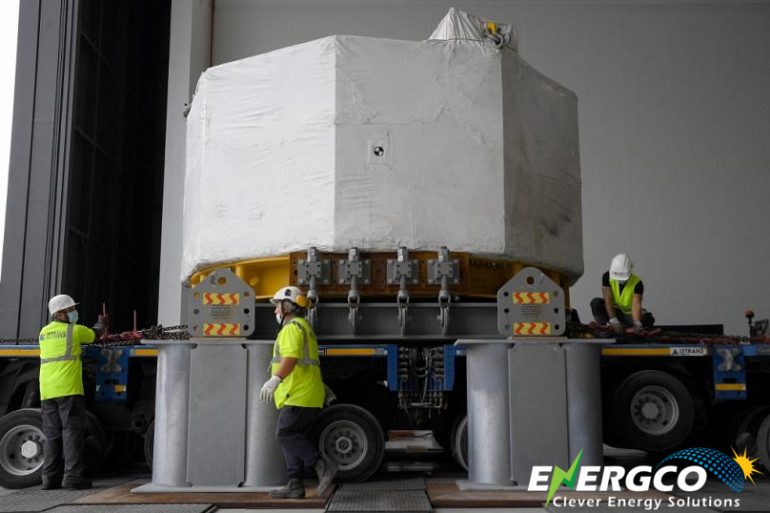Scientists who have been working for decades to reduce dependence on fossil fuels and produce low-carbon energy are looking for solutions by creating an “artificial sun” in the world with nuclear fusion experiments.
Scientists are trying to combine hydrogen atoms and create helium by fusion by sending 140,000 amps of electricity to the hydrogen gas cloud. This fusion is the force that holds the sun together.
It is stated that such an experiment will not make the world the new sun of the solar system, but it can pave the way for cheap and clean energy. The challenge for scientists is to find a way to do this safely.

China announced that it is conducting a new experiment
China’s Hefei Institute of Physical Sciences is pursuing methods for nuclear fusion that go beyond just splitting atoms and creating power by combining nuclei. In other words, scientists are trying to “fit the sun in a box.”
With the Advanced Superconducting Tokamak Experiment, scientists at Hefei are trying to create an “artificial sun,” that is, a constant temperature as high as the sun. In this context, a new experiment was carried out.
An investment of nearly $900 million was made for the ring-shaped machines called a tokamak, where these experiments were produced. At extremely high temperatures, the Tokamak boils hydrogen isotopes into plasma and combines them to release energy.
China, which has been conducting fusion research since 1958, emphasizes that international cooperation is more important than the competition at this stage. China is a member of the “giant” nuclear fusion project ITER, which is being built in France. The project under construction in France has a budget of 10 billion euros.
China’s responsibility for this project is to produce the components needed for ITER to hold magnetic and withstand temperatures up to 100 million degrees Celsius. ITER, which plans to produce the first plasma in 2025, plans to build a sample reactor that will produce 500 megawatts of energy with 50 megawatts of power.

